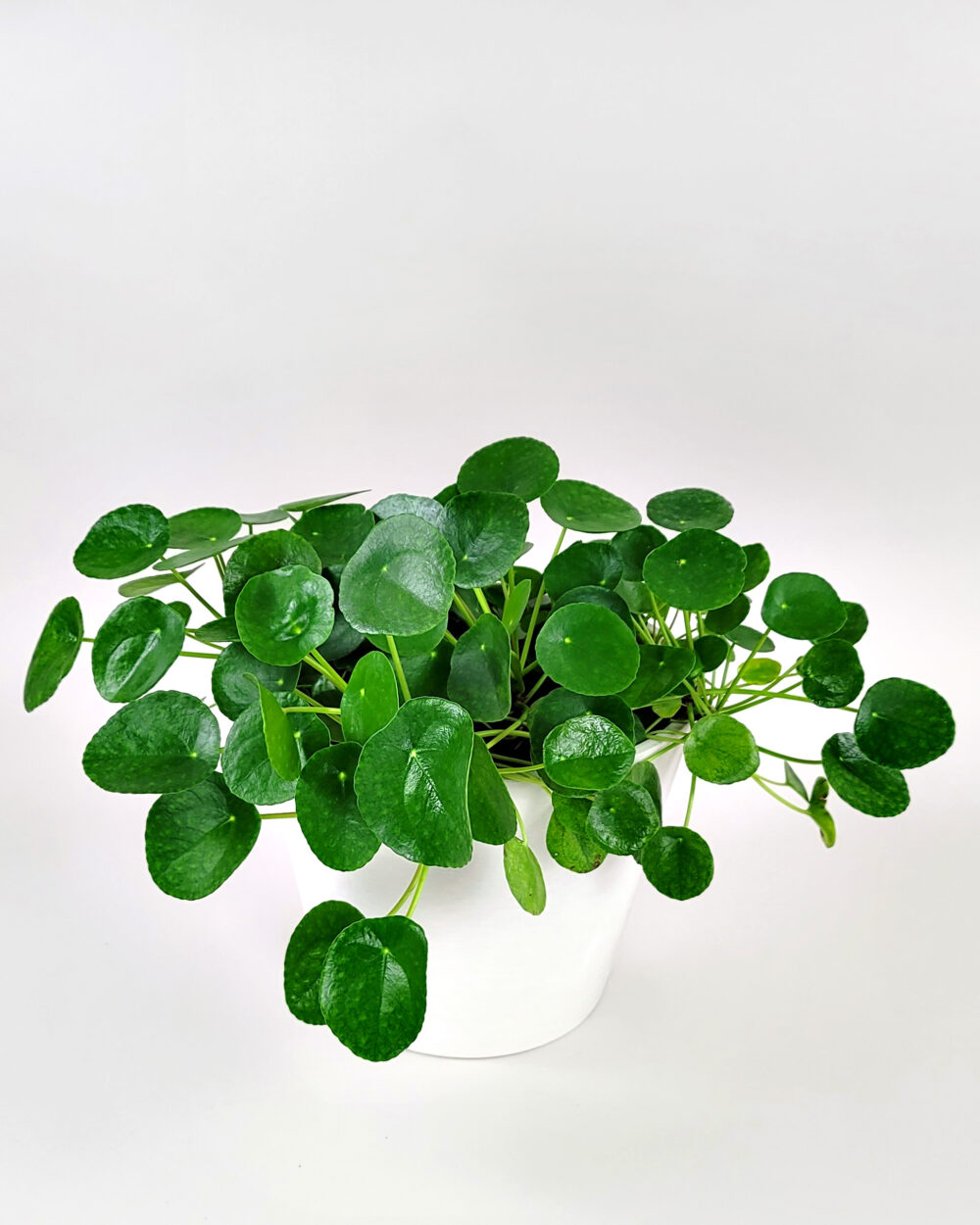Description
Bring Good Fortune To Life’s JourneyPilea Peperomioides was discovered in the Southwest province of China, Yunnan Province. The journey of this plant from China to the living rooms of the western world is quite fascinating and mysterious. In the early 19th century, Scottish Botanic George Forest traveled to the Yunnan Province and became the first western explorer who visited the province. Later, in 1945, Norwegian missionary Agnar Espegren rediscovered Pilea while living in the Hunnan Province with his family. According to old tales, Espegren took a live sample of this species and packed it in an appropriate box. He brought this to Calcutta with his family and lived there for a year. This family brought this Chinese money plant to Norway in 1946. The surprising part is that the plant was still alive at that time. Espegren traveled to different parts of Norway and gave Pilea sprouts to his friends. This way, this beautiful plant started to become popular in England, Sweden, and Norway. Caring for your Chinese Money PlantCaring Pilea money plant is not challenging to care for if you already have grown other plants. You need to consider a few things to help them adorn your space. LightThe ideal light for your Chinese money plant is bright light. However, you need to avoid direct sunlight. Keeping your plant under direct sun rays for a long time can burn its leaves. Just getting the light shade will encourage their growth. Well, they are hardy plants, which means they can survive the freezing weather. Cool temperature also helps them produce pretty white flowers on their pink stems. SoilPilea Peperomioides grow well in well-drained potting soil. Make sure that you are not using garden soil to plant this species. This will not offer you the results you are looking for. Also, don’t ever purchase cheap potting soil for your plants. It can damage your well-grown plants. So, look for high-quality organic potting soil based on coir fiber or peat moss and perlite. WaterThese plants can communicate with you. So, when you notice that the leaves are beginning to droop, this is the sign that it requires water. You always need to check whether your plant requires water or not before soaking it in water. You can check the moisture level in the soil. If it’s moist, it’s better to avoid watering your money planet. Let 2” to 3” of the money plant’s soil dry before watering it. Generally, deeply watering Plea Peperomioides’ soil is enough. But it depends on the quality and amount of sunlight it receives. FertilizerFertilizing once a month will help this plant thrive. Opt for the organic houseplant fertilizer, and follow the usage instructions mentioned on the product. Common IssuesAlthough the pilea money plant thrives easily, you need to watch a few problems to ensure their growth. PestsOne of the most common and challenging problems with the Chinese money plant is pest attacks. Fungus gnats, spider mites, and mealybugs can attack your lovely plant. To protect your plants, it’s important to prevent the problem from the beginning. Make an herbal spray from the spray and neem plant, and spray it on your plant. Disease If you notice drooping, curling, spots, and changing color on your leaves, your plant might be suffering from nutrient deficiency, overwatering, or insect infestation. To solve the problem, you need to water and fertilize it accurately and remove pests. PruningYou don’t need to prune the plant to help it thrive. But pruning can help you grow your plant in a specific shape or get rid of unhealthy leaves. Hence, you can prune them only to make them look healthy and pretty. PropagationThe best way to propagate the Pilea money plant is by opting for plantlets that you achieve from the mother plants’ roots. A healthy plant grown in a bigger pot commonly produces these babies. When they pop up from the soil and have their own leaves, they are ready to use. Potting / RepottingYou don’t need to report this plant for a year if you purchase it. This plant can survive if you don’t report it for two years. To help them grow steadily, you can report one time a year.





